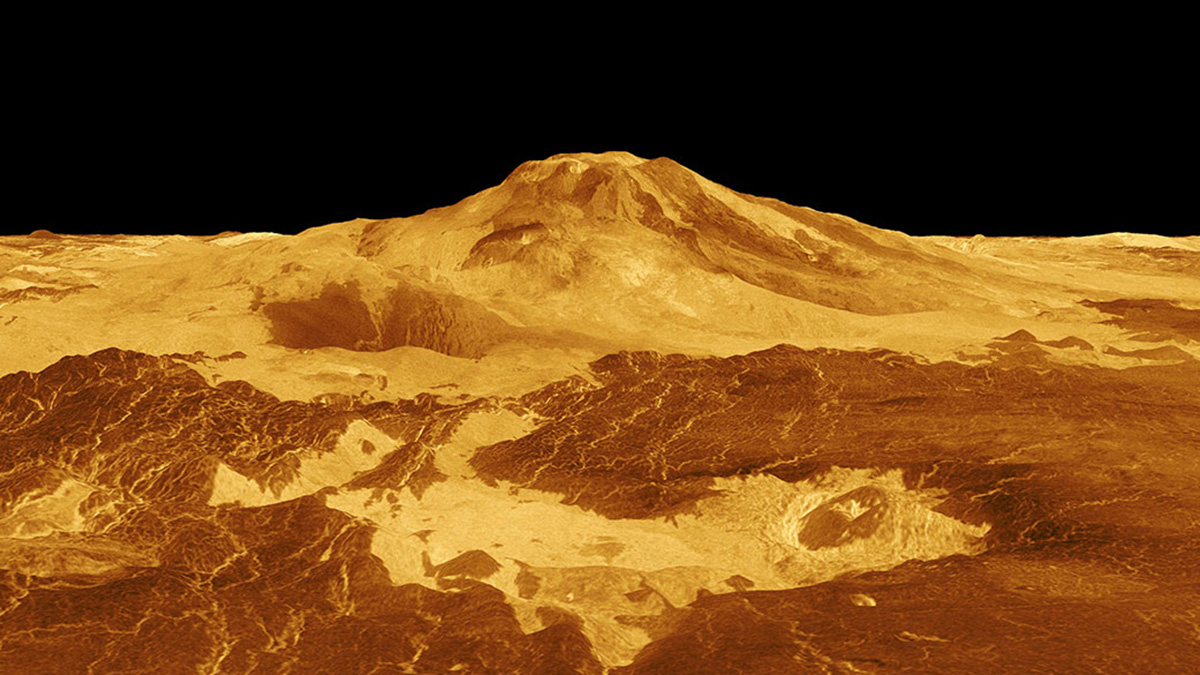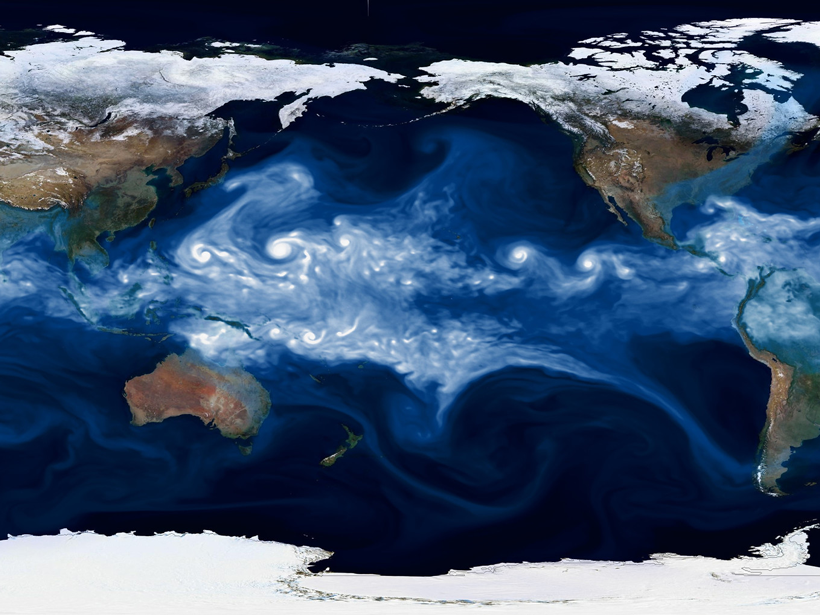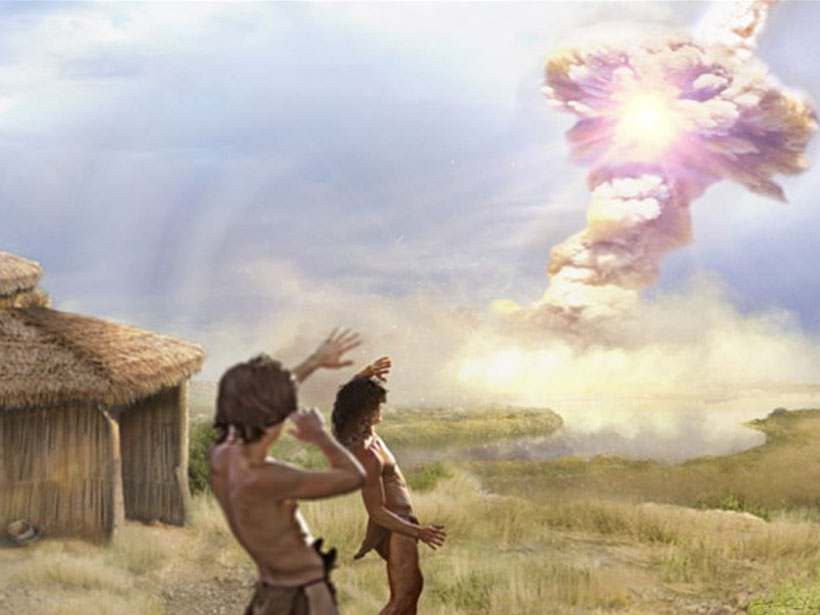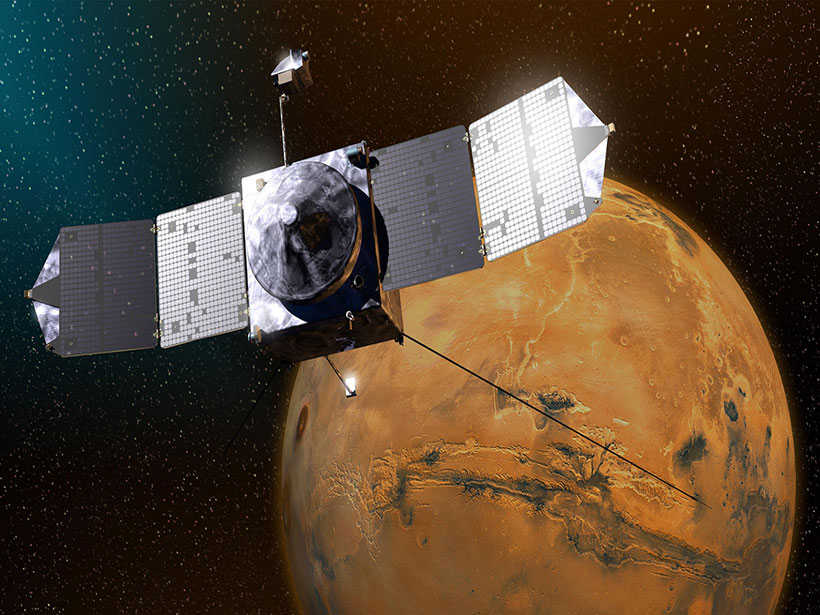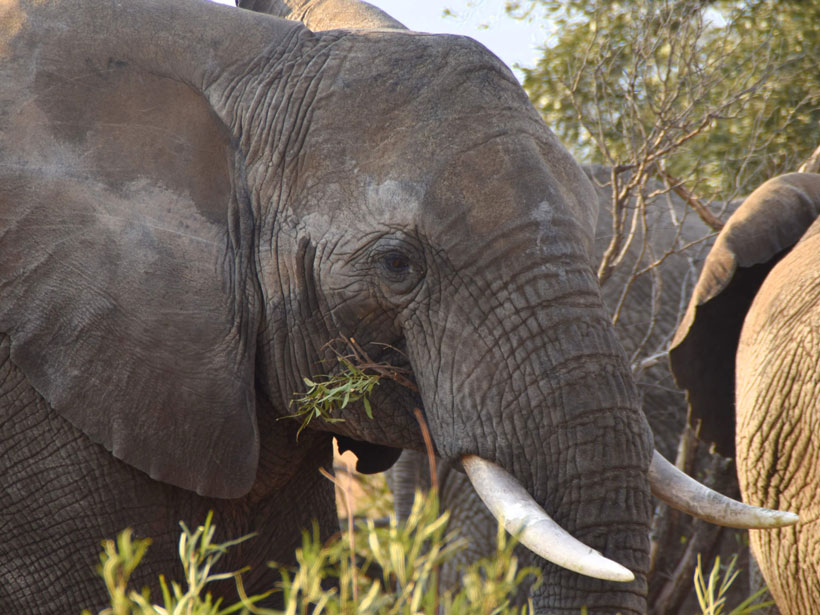A gravitational dance between a newly discovered exoplanet and its host star may be driving extreme volcanism on its surface.
Javier Barbuzano
Javier Barbuzano is a freelance science journalist based in Barcelona, Spain. He received his master’s in science journalism from Boston University in 2017 and holds a degree in environmental science from the University of Granada in Spain. His work appears in publications like Eos, Sky & Telescope, and El País.
Tiny Martian Moon May Be a Chip Off the Old Block
A close approach to Deimos reveals that its surface does not look like that of an asteroid, hinting at a Martian origin.
Active Volcanoes on Venus?
With a new look at old imagery, scientists may have found evidence of volcanic activity on Venus.
Seafloor Reveals a Period of Rapid Retreat for Thwaites Glacier
New high-resolution seafloor imagery shows a series of delicate ridges produced by the glacier’s front as it bobbed daily with the tides, revealing a recent period of rapid retreat.New high-resolution seafloor imagery shows a series of delicate ridges produced by the glacier’s front as it bobbed daily with the tides, revealing a recent period of rapid retreat.
Seashells and Penguin Bones Reveal Thwaites Glacier’s Quiet Past
Antarctica’s Thwaites and Pine Island Glaciers are melting faster than they have in the past 5,500 years, new evidence shows. Against expectations, their pasts have been remarkably stable.
Teaching Machines to Detect Climate Extremes
Artificial intelligence can be used to analyze massive amounts of data from climate simulations, but more training data are needed.
Armagedón a 10,000 A.C.
Fragmentos de un cometa probablemente golpearon la Tierra hace 12,800 años, y una pequeña aldea del Paleolítico en Siria podría haber sufrido el impacto.
A Longer-Lived Magnetic Field for Mars
New research indicates Mars’s dynamo may have been active for millions of years longer than previously thought.
Monitoring African Elephants with Raspberry Shake & Boom
A team of researchers has used low-cost devices to record footsteps and vocalizations from African elephants in the field.
Coronavirus Lockdown Brings Clean Air to Spanish Cities
Measures against the spread of the new coronavirus have an unexpected side effect: record-low air pollution levels.



